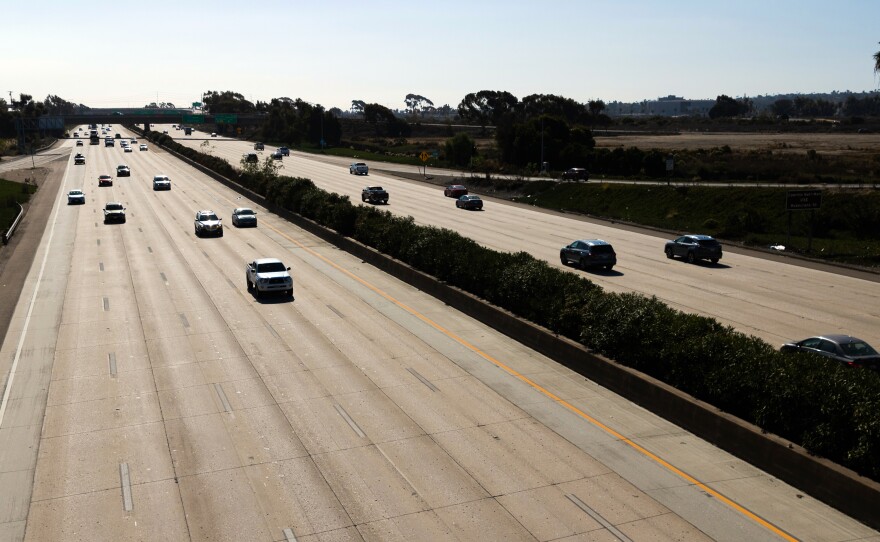California’s greenhouse gas emissions took an unexpected jump in 2018, the most recent year for which emission statistics are available.
The non-partisan think tank Next-10 said a Beacon Economics review found a long-running drought reduced the use of hydro-power, and increased reliance on fossil fuel power plants pushed emissions up.
That’s the first time that has happened since 2012, according to the Next-10 Green Innovation Index.
There is positive news, however.
The transportation sector did show a reduction, and that’s a positive note. Cars and trucks release about 40% of all the greenhouse gases that get into the air.
That happened in part because the COVID-19 pandemic forced a lot of people to work from home, which raised questions about any impact moving forward.
RELATED: San Diego Researchers Looking To Grow A Climate Solution
“How is that going to change the nature of work going forward, and what will its impact be on transportation and specifically emissions?” asked Noel Perry, the founder of Next-10.
California’s emission targets could be in trouble if emissions do not start going down faster.
“The State of California needs to decrease the emissions, year over year, from 2020 to 2030 by roughly five percent if we’re going to hit our 2030 goals,” Perry said. “And in fact, over the last three years, the average decline has been only a little bit more than one percent.”
The emission reductions are key to reducing the impact of a warming climate.
Perry said the state needs to keep innovating and investing in technologies that ease the state’s carbon footprint.







